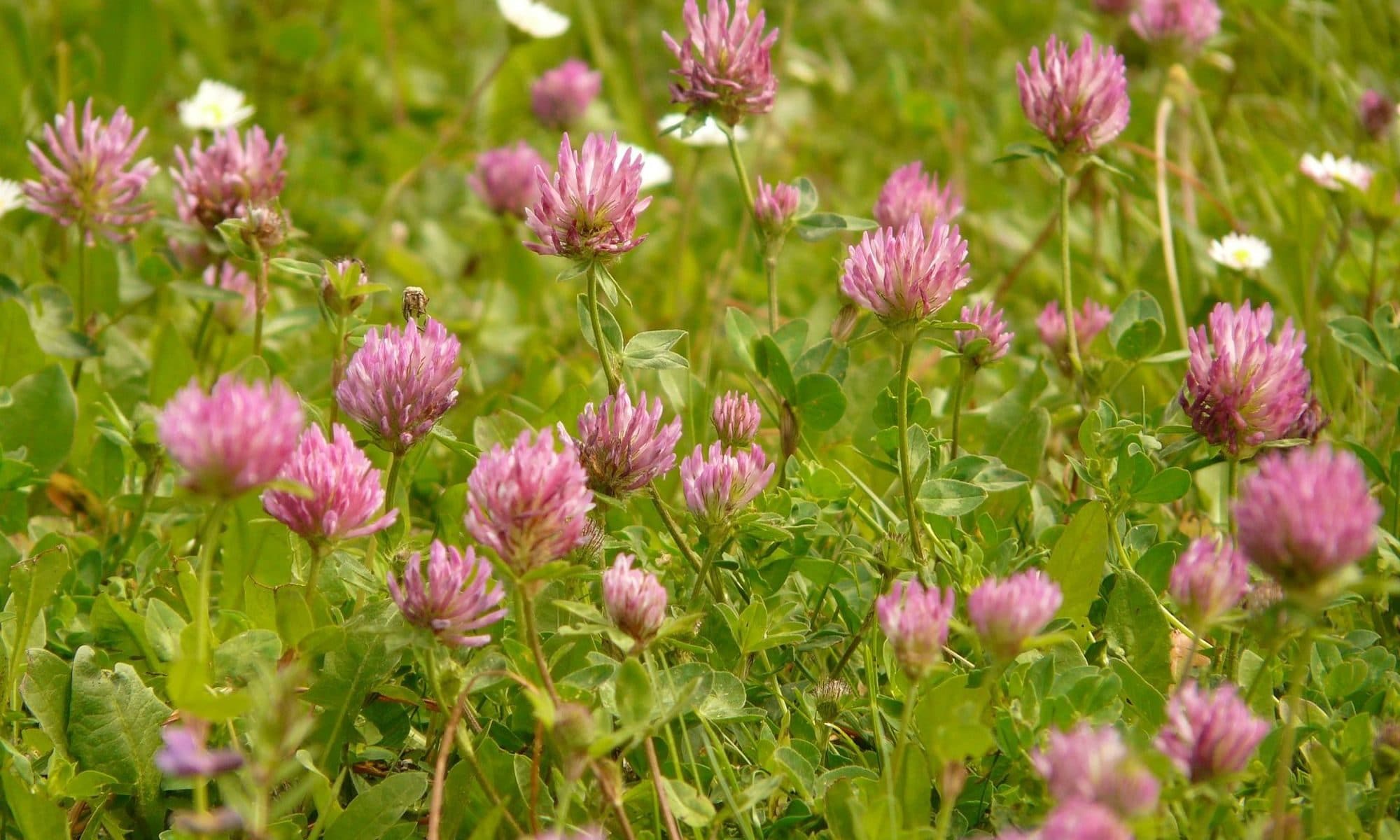There are several natural sources of isoflavones but the most important ones are soy and red clover. But you can also find a lot of isoflavones supplements on the market.
Red clover
 Red clover is a perennial plant with trifoliate leaves and pink to red flowers. The plant derives its name in part from its flowers, which are fragrant and can range in color from white to a dark red.
Red clover is a perennial plant with trifoliate leaves and pink to red flowers. The plant derives its name in part from its flowers, which are fragrant and can range in color from white to a dark red.
Red clover is a member of the legume family and has been used worldwide as a source of hay for cattle, horses and sheep and by humans as a source of protein in the leaves and young sprouts. Red clover is also medicinal plant for human use.
The beneficial effect of red clover isoflavones are very similar to that found with soy isoflavones. Isoflavones from red clover will reduce menopausal symptoms.
Red clover isoflavones help maintain the density of the bones in both menopausal and peri-menopausal women. Red clover isoflavones have not shown a cholesterol reducing effect, probably because soy proteins take an important role for the cholesterol reducing effect.
Soy isoflavones
Isoflavones are present in relatively large amounts in virtually all soy products, with the exception of soy-protein concentrate. Whole soy contain about 200 mg isoflavones per 100g. Soybeans contain three types of isoflavones in four chemical structures.
Isoflavones supplements
There are a lot of isoflavones supplements on the market. Most of these supplements contain isoflavones which are extracted from soybeans or red clover. They can be considered as natural products.
Some supplements and medicines contain a synthetic form of isoflavones, called ipriflavone. It was chemically designed to have only the bone-stimulating effect of isoflavones but lack other estrogen-like effects. Ipriflavone is not used for the treatment of menopausal symptoms, but is not believed to adversely affect estrogen receptor-positive breast cancer.
